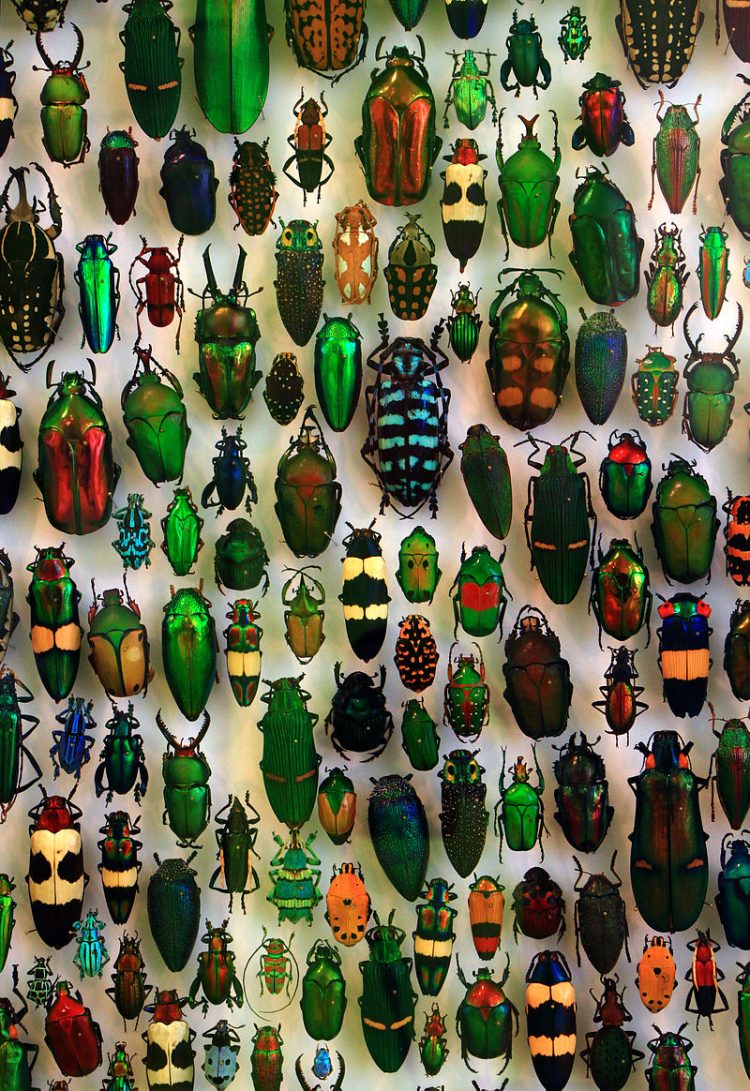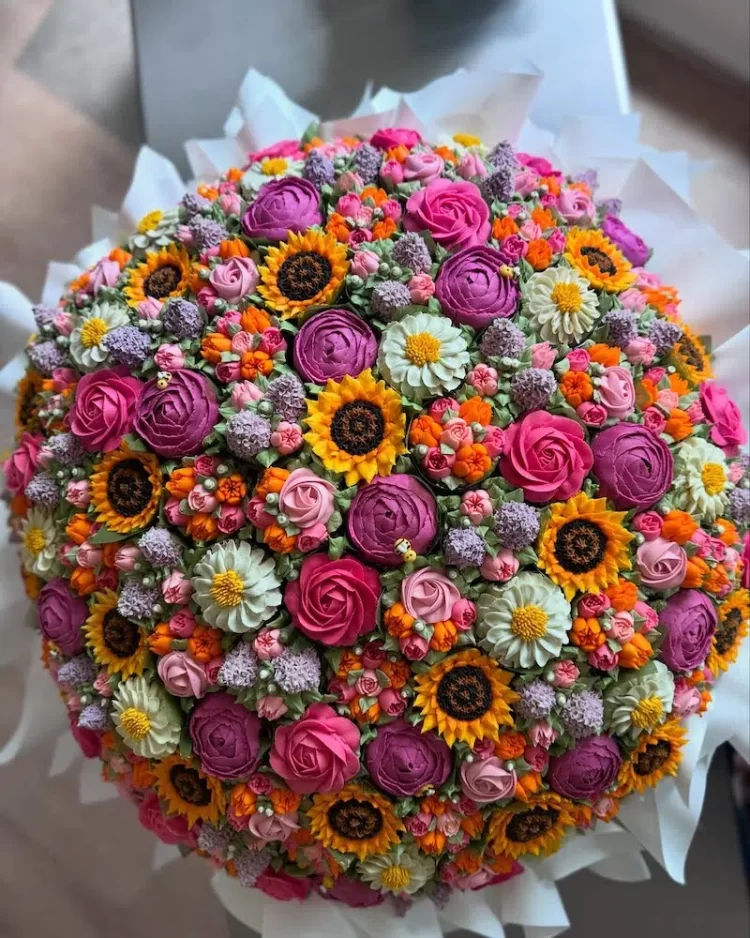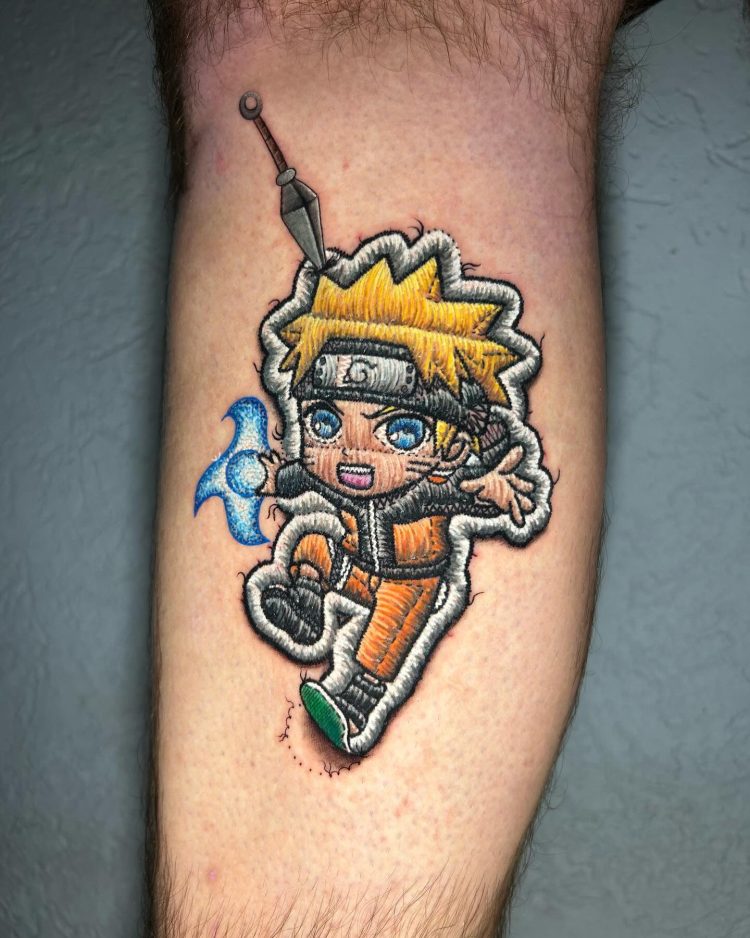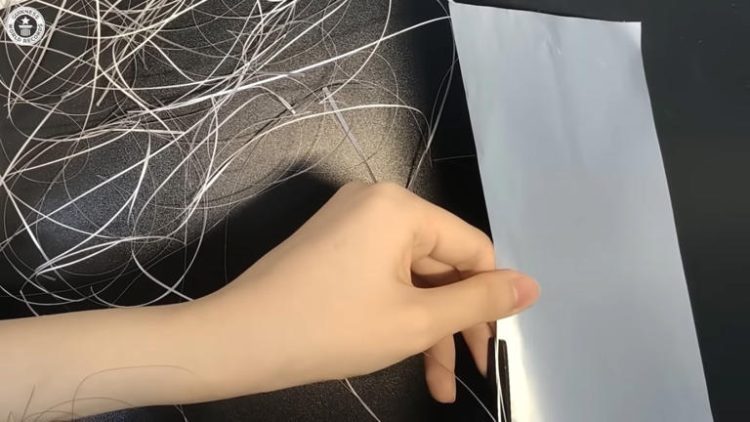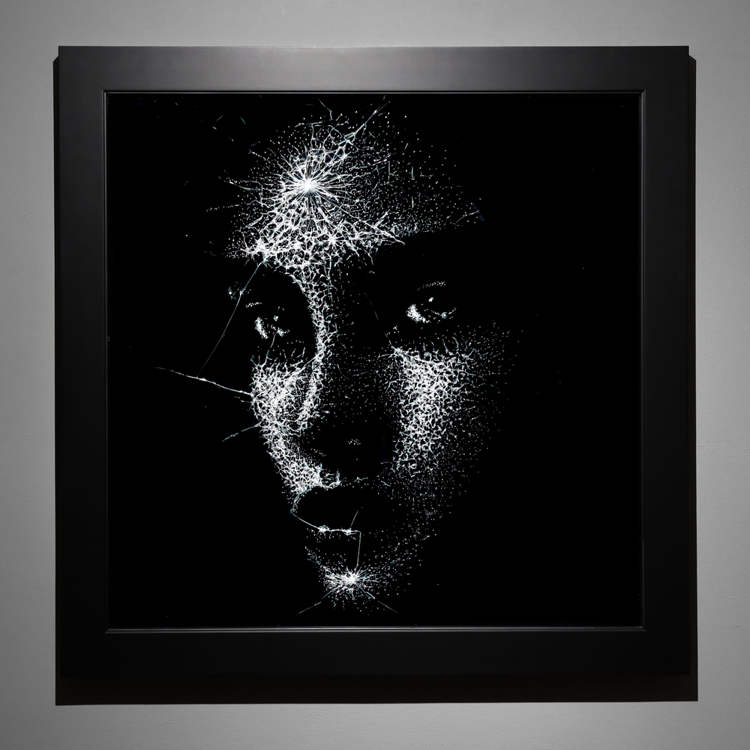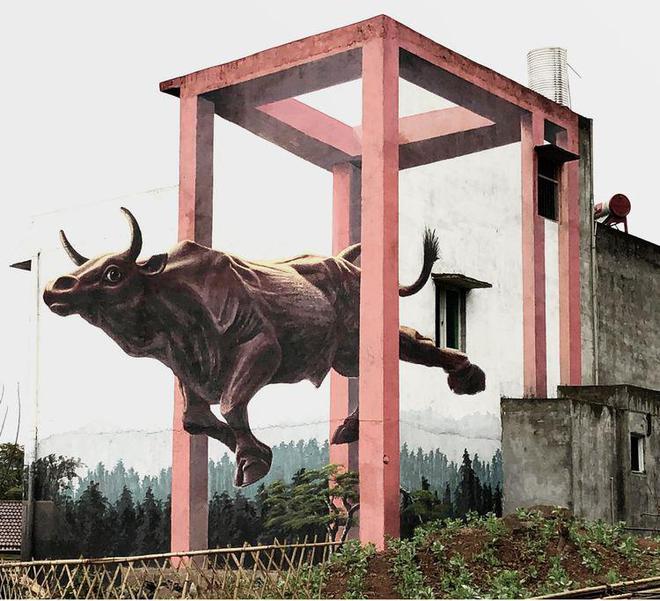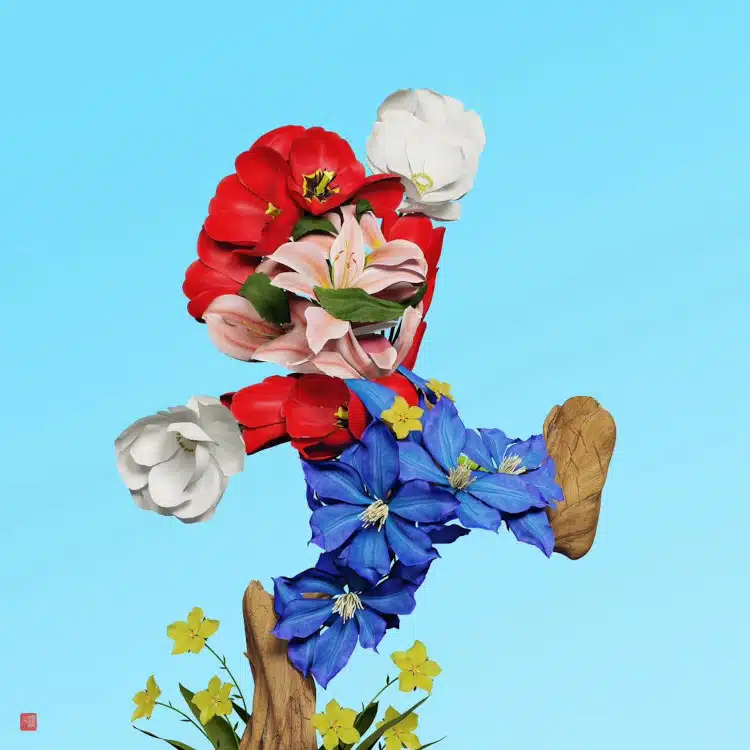Japanese artist Yoneji Inamura spent six years of his life collecting 20,000 beetles of different varieties and using them to create a five-foot sculpture of a popular Buddhist deity.
It’s unclear how and when exactly Inamura started catching and collecting beetles. Some sources claim that it was during his days working for the local railroad, in Itakura, Japan’s Gunma Prefecture, after noticing that the rhinoceros beetle’s horn resembled the fingers of the Buddhist deity, while others say that he was helping local children collect beetles and just became fascinated with them. Living in a rural area of Japan, Inamura was always surrounded by various types of beetles, including rhinoceros beetles, winged jewel beetles, drone beetles, longhorn beetles, just to name a few, and he dedicated most of his free time to catching and adding them to his collection.
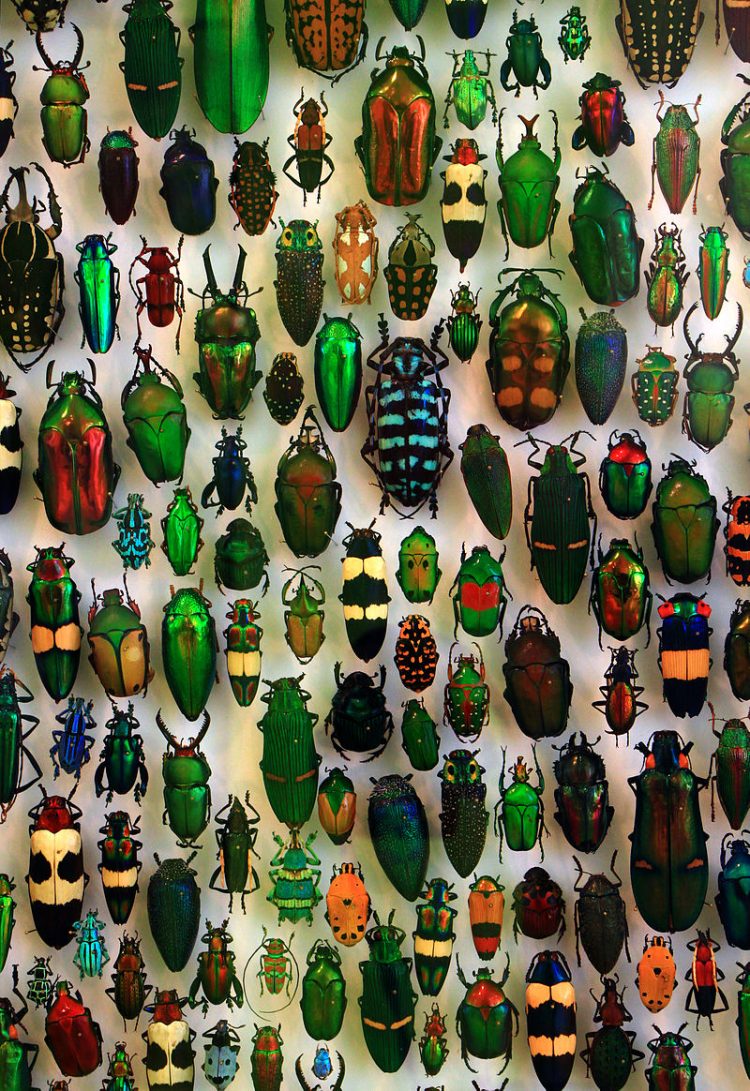
Photo: H. Zell
Yoneji Inamura was not a professional artist, but in 1970, he somehow got the idea of using his extensive collection of beetles to create art. His first notable work was a wooden samurai sculpture covered in 5,000 beetles of different varieties. He spent 10 months using the bugs to make a unique armor for the samurai and the result was simply breathtaking.
But while the self-taught artist got a lot of attention when his beetle samurai was unveiled, it wasn’t all positive feedback. While some people praised his talent, others called him cruel for killing so many insects to create the artwork. He wasn’t immune to this criticism, so he decided to make amends for killing thousands of tiny critters in the most bizarre way – killing even more of them.
In 1972, Yoneji Inamura started working on his most impressive beetle sculpture, a five-foot-tall statue of the senju kannon bosatsu (1000-armed bodhisattva), a popular deity in Japan. “If I shaped them into the form of a Buddhist statue it would also serve as a memorial to the insects,” he told Japanese newspaper Asahi.
Over the next six years, Inamura collected beetles almost every day, before and after work, and added them to his artwork. It took him a total of six years and 20,000 beetles to complete the Buddha. The controversial sculpture generated a lot of publicity in the late 1970s, and people from all over Japan traveled to Itakura to see it in person, but it was eventually forgotten.
Luckily the beetle Buddha was rediscovered two years ago, by a Tokyo art museum director looking for interesting artworks for an exhibit. It received ample coverage in Japanese media, and it is now proudly displayed at the Itakura Town Hall.
Yoneji Inamura passed away earlier this year, at the age of 98, so we’ll probably never know why he thought it was a good idea to make a memorial to the beetles by killing even more of them.
There’s no denying that Inamura’s artworks have a unique charm, but knowing that they consist of thousands of dead insects also adds a layer of creepiness.
Here are some photos of his beetle samurai sculpture.
Yoneji Inamura’s art reminds me of a similarly controversial artwork created by renowned artist Damien Hirst. In 2009, he sparked controversy with his “etomology” series, which features thousands of insects sealed in gloss paint.
Sources: Spoon & Tamago, Kotaku, Journal News

